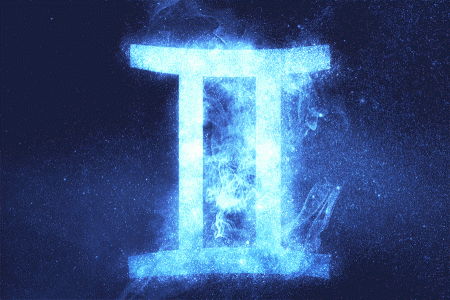U.S. Army Captain Meriwether Lewis, 2nd Lt. William Clark, and their Corps of Discovery returned to St. Louis on September 23, 1806, after their 28-month journey to the Pacific Ocean. The expedition covered 8,000 miles and included about three dozen members, among them were Clark’s slave, York, Sacagawea, and her son Jean-Baptiste Charbonneau. The expedition was commissioned by President Thomas Jefferson and aimed to explore the unknown North American wilderness, map the territory, and interact with native tribes.
The Corps of Discovery encountered unfamiliar flora, fauna, and native tribes during their journey, recording their discoveries for Europeans. They documented 178 plants, 122 animals, including grizzly bears, and the Clatsop people in Oregon. President Jefferson asked Congress to finance the expedition while he was working to acquire the Louisiana Territory in 1803. Both Lewis and Clark kept detailed accounts of the journey, providing valuable insight into the natural landscape, native inhabitants, and daily struggles for survival.
The expedition departed on May 14, 1804, reached the Pacific Ocean on Nov. 7, 1805, and began the return journey to St. Louis on March 23, 1806. Lewis and Clark left a rich repository of information for posterity, showcasing astonishing personal courage and a parable of trust within the human community. The team celebrated Independence Day in Montana in 1805, marking a significant moment in the young nation’s history.
Among the expedition members, only Sgt. Charles Floyd died during the journey. He passed away on Aug. 20, 1804, due to a possible ruptured appendix. The remaining members completed the journey successfully, providing valuable insights into undiscovered lands and populations. The journey was full of energy and forward motion, overcoming adversity and proving to be a remarkable tale of exploration. The return to St. Louis in 1806 was met with a warm welcome from the village’s inhabitants, marking the end of a historic expedition.
The journals kept by Lewis and Clark continue to offer valuable insights into the expedition’s challenges, triumphs, and encounters. The team managed to navigate the continent from Missouri to the Pacific Ocean, providing a detailed account of their experiences. The expedition encountered diverse cultures, faced unknown dangers, and documented the natural beauty of the American wilderness. The safe return of Lewis, Clark, and their team to St. Louis marked the completion of a historic journey that significantly contributed to the understanding of the American West.















